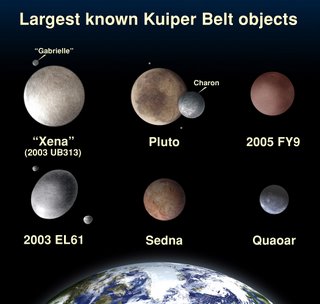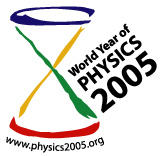Peter Higgs a British physicist predicted the existence of Higgs particle in sixties to explain how matter has mass. His theory suggested that Higgs gives rise to a field through which all other sub atomic particles (fermions) such as quarks, electrons and force carrier particles (bosons) such as photons, gluons, W & Z bosons must pass. When they (particles) interact with the field, the particles experience a drag, the more the drag, the more massive the particle.
The basic idea of all pervading Higgs field (which is carried by Higgs bosons) is an important part of the Standard Model of particles and forces, for it explains the masses of the carriers of the weak force, responsible for beta-decay1 and for nuclear reactions that fuel the Sun.
Most of the matter (known) in the universe is composed of up quark, down quark and electron (up quark has 2/3 charge while down quark has -1/3 charge). Proton consists of 2 up quarks and 1 down quark while Neutron consists of 2 down quarks and 1 up quark. This is the 1st family of the fermions in the standard model.
% | Composition of Universe |
00.03 | Heavy Elements (Earth) |
00.30 | Ghostly Neutrinos |
00.50 | Stars |
04.00 | Free Hydrogen and Helium |
25.00 | Dark Matter |
70.00 | Dark Energy |
The masses of the top quark and of the weak W boson together constrain the mass of the Higgs boson. A precise measurement of the top mass can therefore indicate where to look for the Higgs. On June 9th, 2004 scientist at Fermi Lab announced new results that change the best estimate of the mass of postulated Higgs boson from approximately 96 GeV/c2 (Giga Electron Volt / speed of the light squared) to 117 GeV/c2. Read Fermi Lab news on Higgs boson.
The unsolved mysteries - Beyond the standard model?
We know the ingredients for the known (5%) part of the universe (refer the table above). So, what about unknown universe, which comprises of dark matter and dark energy?
Are quarks and leptons the fundamental particles?
Why there are exactly three generations (fermions) of quarks and leptons?
What is the role of second and third generation of fermions when most of the known (5%) universe is composed of 1st generation of fermions?
If there is symmetry between matter and anti-matter in the universe, why do we observe matter and virtually no anti-matter?
How does gravity fit into all these quantum stuff?
Let us hope to find these answers in this decade. Here is an interesting article by John Womersley of Fermi Lab about Standard Model infact going beyond the standard model.
Beyond the Standard Model
by John Womersley, Fermilab February 05, 2005
At almost any particle physics conference, meeting, or lunch table, the phrase “physics beyond the Standard Model” is heard over and over again. What’s wrong with the Standard Model, anyway? Why are physicists so sure that there is something beyond it? And why do they think they can find it anytime soon? .. continue ..
Beta decay is one process that unstable atoms can use to become more stable. There are two types of beta decay, beta-minus and beta-plus. In Beta-minus a neutron will become a proton (and an electron and an antineutrino will fly away from the nucleus) and in Beta-plus a proton will become a neutron (and a positron and a neutrino will fly away from the nucleus).
 Astronomers discovered the 10th Planet of our Solar System. Neptune was discovered in 1846 and Pluto in 1930. Astronomers named this object as UB313 (granted automatically according to the IAU – International Astronomical Union’s naming protocols for minor planets), which is larger than Pluto and has a moon. UB313 takes close to 557 years to orbit the sun and it currently lies almost its maximum distance from the Sun (97 Astronomical Units). Astronomers calculated the diameter of UB313 around 1490 miles (2400 km - using images from the Hubble Space Telescope) and Pluto is around 1433 miles. Observations taken on September 10, 2005 revealed a moon in orbit around UB313. The moon was nicknamed Gabrielle by its discoverers. The unofficial name for UB313 is Xena (Xena – The warrior Princess).
Astronomers discovered the 10th Planet of our Solar System. Neptune was discovered in 1846 and Pluto in 1930. Astronomers named this object as UB313 (granted automatically according to the IAU – International Astronomical Union’s naming protocols for minor planets), which is larger than Pluto and has a moon. UB313 takes close to 557 years to orbit the sun and it currently lies almost its maximum distance from the Sun (97 Astronomical Units). Astronomers calculated the diameter of UB313 around 1490 miles (2400 km - using images from the Hubble Space Telescope) and Pluto is around 1433 miles. Observations taken on September 10, 2005 revealed a moon in orbit around UB313. The moon was nicknamed Gabrielle by its discoverers. The unofficial name for UB313 is Xena (Xena – The warrior Princess).






